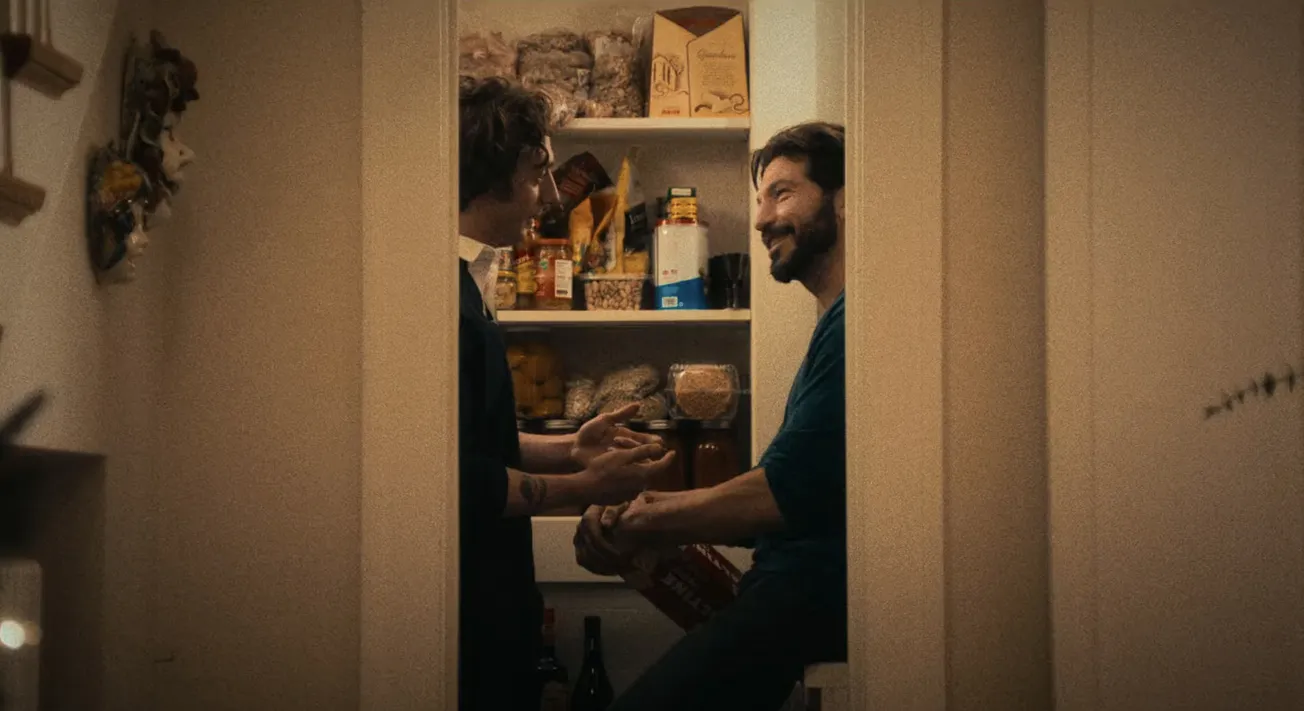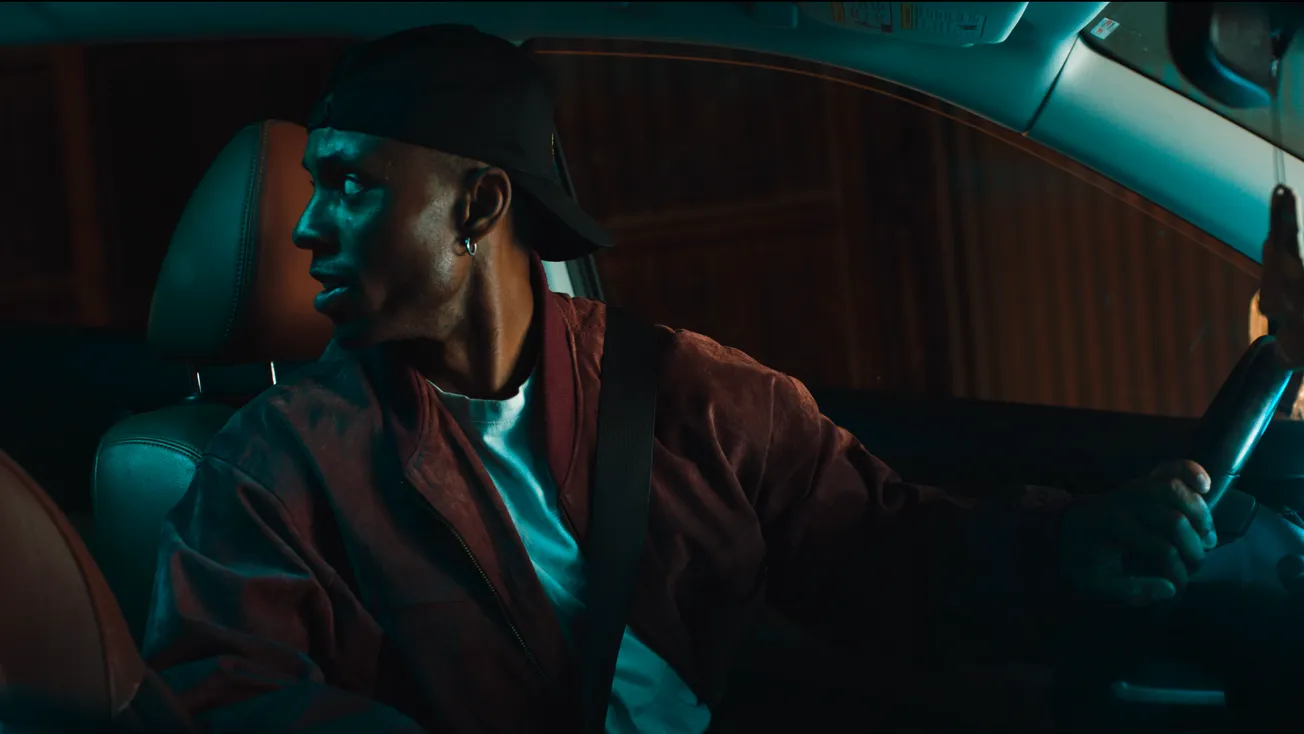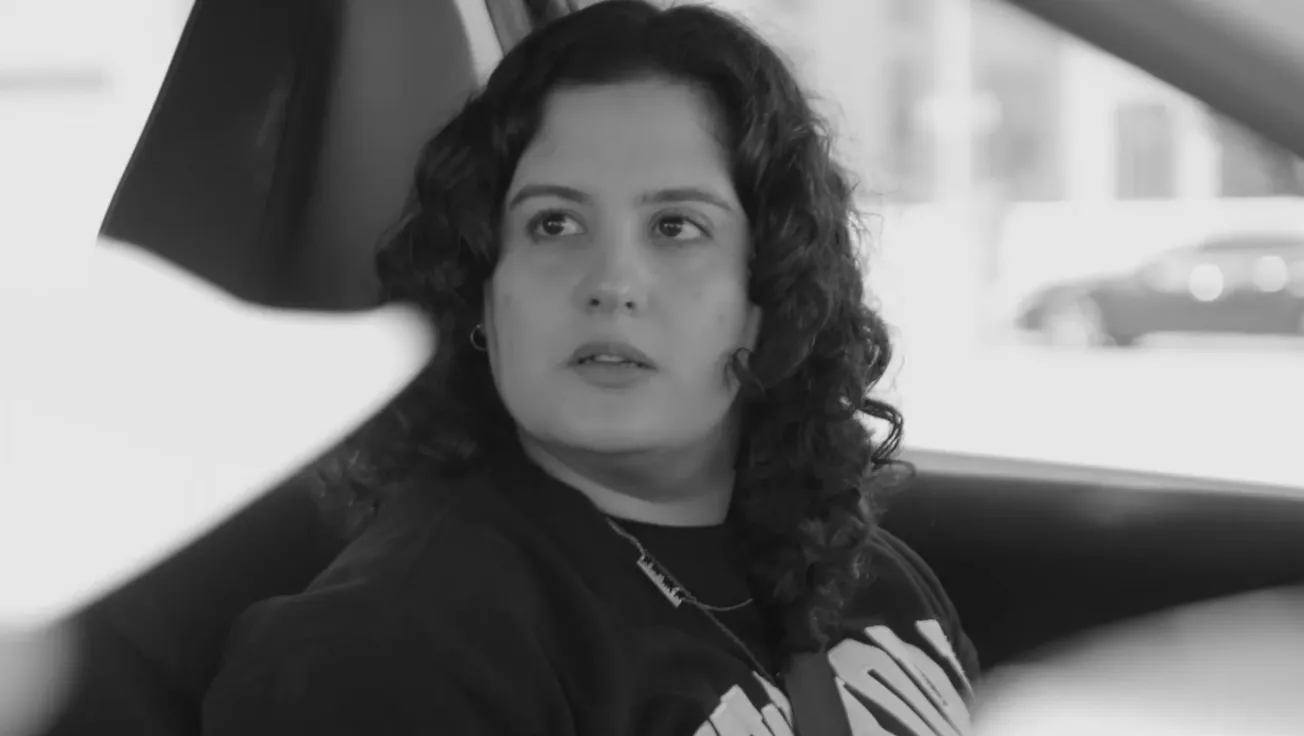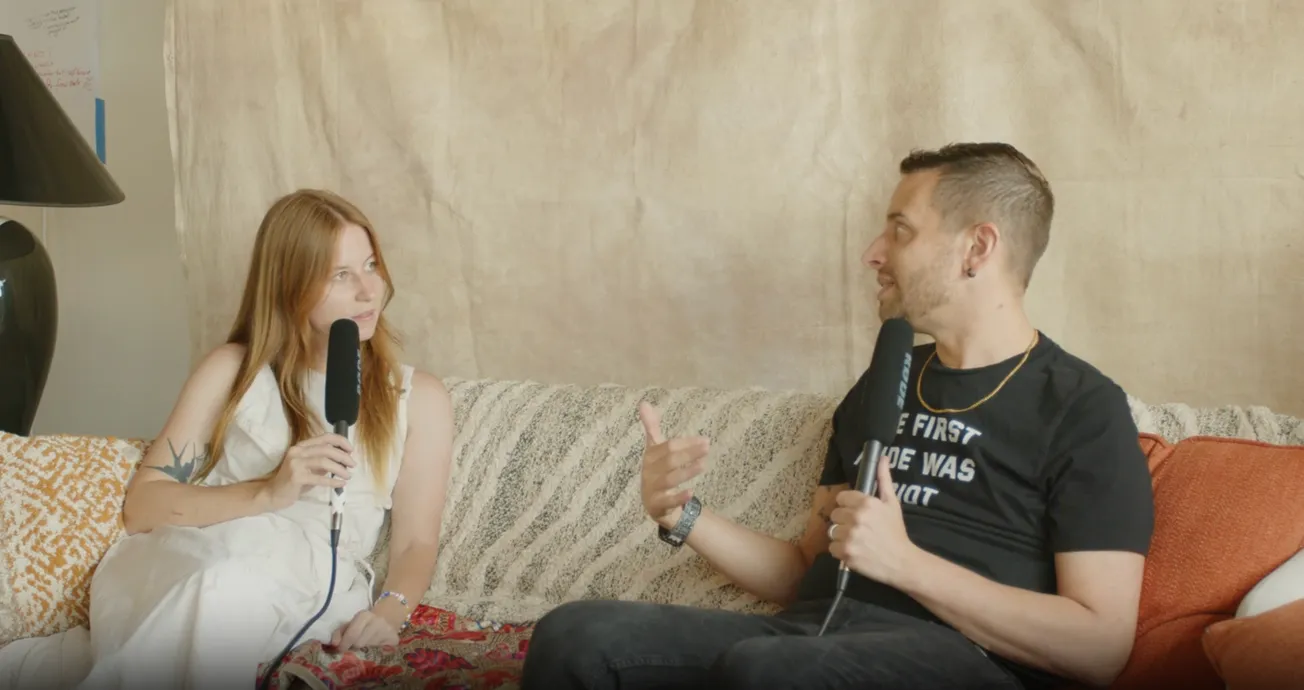Table of Contents
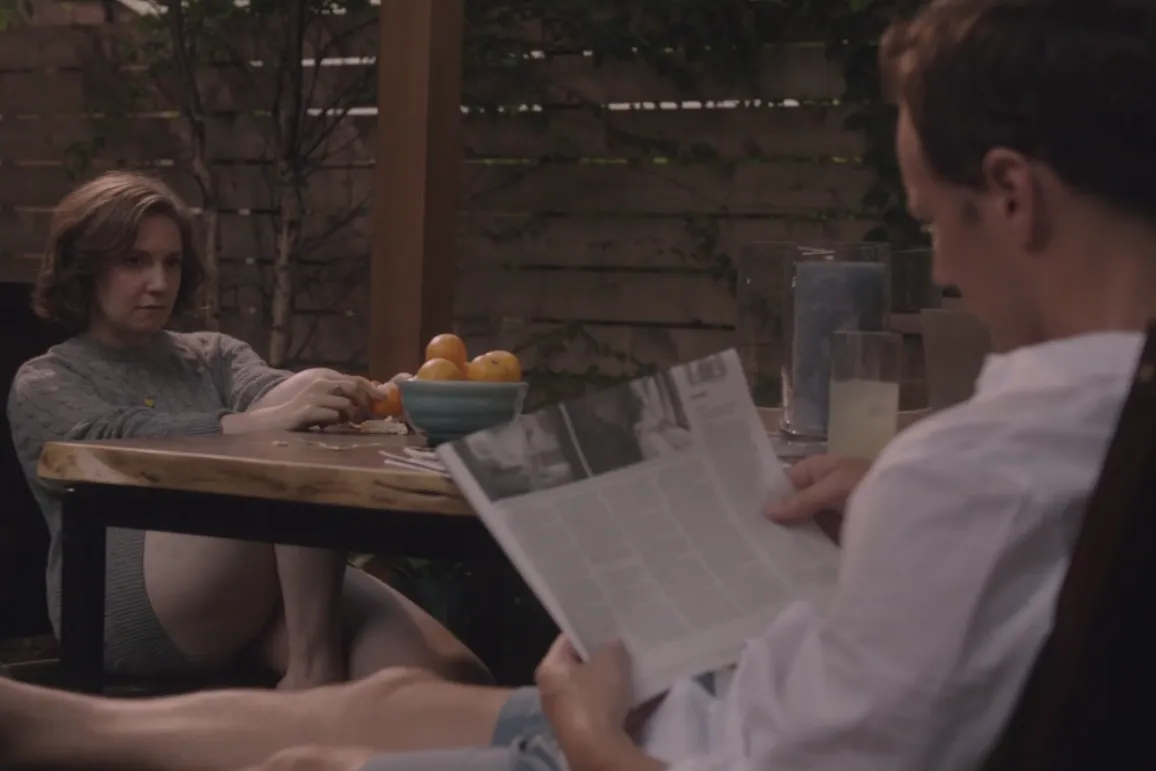
From flashback episodes to crossovers, television writers and directors constantly seek fresh ways to break the storytelling mold.
On a recent rewatch of Girls, I was struck by how Lena Dunham found ways to invigorate her hit series. This commitment is evident in the Season Two episode "One Man's Trash." The episode finds the protagonist, Hannah, spending the day with an older man named Joshua, whose dumpster she has been throwing trash into after work. They grow closer, spending the day in his brownstone. The story is self-contained, with minimal impact on the overarching narrative, but a deeper insight into Hannah as a character, away from her usual environment and friends.
An experimental episode like this is what creators call a bottle episode today. However, it wasn't always treated like a unique storytelling device.
Origins of the Bottle Episode

The idea of the bottle episode dates back to the 1960s when Leslie Stevens coined the term "bottle show." As a producer on The Outer Limits, he needed a quick solution to filming an episode, which led to a short shooting schedule and the most cost-effective production they had done.
Stevens inspired a television revolution by "pulling an episode out of a bottle like a genie." The term "bottle show" evolved over the years, eventually spawning what is now referred to as a bottle episode.
Key Ingredients of a Standard Bottle Episode
A standard bottle episode is an episode of television that contains the following:
Ingredient #1: A limited number of characters written into the storyline.
Ingredient #2: Restricted to a few locations, often only one.
Ingredient #3: Introspective and focused on driving character development.
Ingredient #4: Inexpensive to produce.
Most of these key ingredients for a bottle episode are found in an episode of Girls like "One Man's Trash."
Ingredient #1: The episode focuses on Hannah and none of the other regular supporting characters.
Ingredient #2: Most of the episode takes place in one brownstone.
Ingredient # 3: The conversations are driven by Hannah and her inner conflict.
Ingredient #4 can be harder to discern as the TV industry has transformed. Whereas, in the past, it was often monetary issues that called for the use of bottle episodes, they are now regarded as a creative exercise for writers and directors.
A good bottle episode can be likened to a stage play, which often consists of a few characters telling a story in one location. Beyond Girls, dramas like Grey's Anatomy and sitcoms like Parks and Recreation have used this storytelling device.
How Bottle Episodes Can Highlight the Craft and Storytelling of Creators
The bottle episode began as a means to an end. As Alison Herman writes in her article for The Ringer, How the Bottle Episode Went From Frugal to Flex:
"What was once an unglamorous cost-saving measure is now an opportunity for series to flex their financial and creative muscles."
With the evolution of television, the use of a bottle episode is not so much a matter of financial constraints, but rather an opportunity for creators to showcase the craft and storytelling involved in the process of making their show. Writers can display how well they understand a specific character and their relation to the world around them. For directors, it's an opportunity to play around with space and zoom in on how this puzzle piece of an episode drives further development.
There is nowhere to hide in a bottle episode. Even if the constraints are not monetary, there is still an obligation to create something compelling with less than is usually at hand. It takes intention and laser focus to get the episode right and to pull something magical from a bare-bones approach. There is a synergy between the writing of the episode and the hands of the director who comes to craft it.
The Continued Evolution of the Bottle Episode
Even so, the bottle episode has evolved over the last 60 years, with entries that don't quite fit within the limitations. In Kathryn VanArendonk's article for Vulture, It's Time for a Departure From 'Bottle Episode', she refers to these types of episodes as "departure episodes." She explains:
"They are self-contained installments of a TV series that depart from the established norms of how that TV series operates".
These episodes don't quite fit into the constraints of a bottle episode, but still branch out from what audiences might expect from a show. They are the natural evolution of the bottle episode, allowing for a deeper and oftentimes different exploration of character through the lens of a creator, whether by choice or means.
Some might argue that "One Man's Trash" doesn't fit neatly into the ingredients of a bottle episode. As television evolves, creators will play around with what they can do with episodes like this, testing the boundaries and expanding their storytelling craft until the "genie in the bottle" becomes something new.
The Future of the Bottle Episode
Constraints will continue to breed ingenuity, and the novelty that blossoms will always grow into something beautiful. In the industry today, bottle episodes are mostly revered for the risk-taking. From "One Man's Trash" to modern-day examples like the recent finale of The Bear, bottle episodes are creations that stand the test of time. Long after a project ends, they are the moments that linger with viewers and storytellers alike.
Now that you have the key ingredients that make a standard bottle episode, what are some of your favorite episodes of television that could be considered one?

